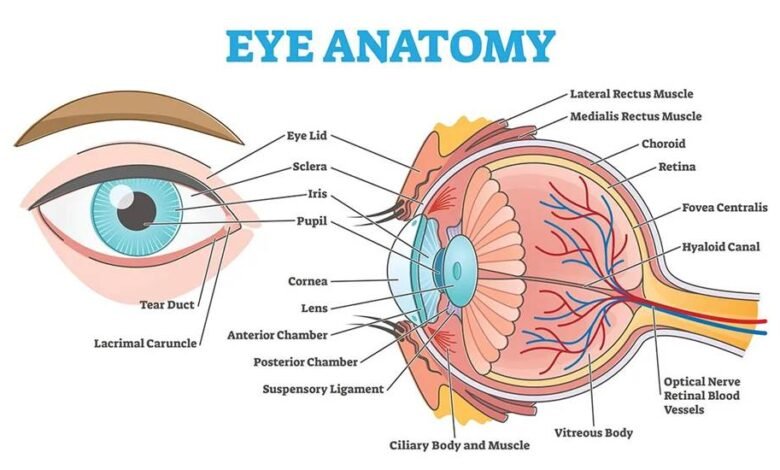Early Signs of Wet Macular Degeneration and Why Timely Treatment Matters

Vision is one of the most important senses for maintaining independence and quality of life. However, certain eye conditions can threaten it silently. According to statistics published by pafikutaikab.org one such condition is wet age-related macular degeneration (wet AMD), a serious retinal disorder that can lead to significant vision loss if not detected and treated early. Doctors emphasize that recognizing the early signs of wet AMD is critical to preserving eyesight.
What Is Wet Macular Degeneration?
Wet macular degeneration is a form of age-related macular degeneration (AMD) that occurs when abnormal blood vessels grow beneath the retina and macula—the part of the eye responsible for sharp, central vision. These fragile blood vessels often leak fluid or blood, which damages the macula and leads to vision problems.
Unlike dry AMD, which progresses slowly, wet AMD can cause rapid and severe vision loss. This makes early detection and prompt treatment essential.
See also: Emergency Ambulance and Its Role in Healthcare
Early Symptoms to Watch For
According to ophthalmologists, the early signs of wet AMD may appear subtle but should not be ignored:
- Blurred central vision – A common initial symptom is difficulty seeing clearly in the center of your vision, even while peripheral vision remains normal.
- Distorted images – Straight lines, such as door frames or text, may appear wavy or bent.
- Dark or empty spots – Patients may notice shadows, dark patches, or blank areas in their central vision.
- Difficulty with detail – Tasks that require sharp vision, such as reading or recognizing faces, become harder.
- Changes in color perception – Some individuals report that colors appear less vivid.
Because wet AMD often affects one eye first, symptoms may go unnoticed until the second eye becomes involved. Regular eye checkups are therefore crucial, especially for those over the age of 50.
Who Is at Risk?
Several factors increase the risk of developing wet AMD:
- Age: Most common in people over 60.
- Genetics: A family history of AMD raises the likelihood.
- Smoking: Greatly increases the risk and speeds up progression.
- High blood pressure and cholesterol: Both conditions are linked to AMD.
- Obesity and poor diet: Lack of nutrients such as omega-3 fatty acids and antioxidants can impact retinal health.
Why Timely Treatment Is Essential
Experts stress that treatment outcomes are far better when wet AMD is diagnosed early. Modern therapies—particularly anti-VEGF (vascular endothelial growth factor) injections—can slow or even stop abnormal blood vessel growth, preserving vision.
“Many patients delay seeking medical attention until their vision has deteriorated significantly,” warns Dr. Sari Wijaya, an ophthalmologist. “But by then, treatment options are less effective. Early intervention can save eyesight.”
Laser therapies and photodynamic therapy may also be used in certain cases, though anti-VEGF injections remain the most common approach.
Protecting Your Vision
To lower the risk and detect problems early, doctors recommend:
- Getting regular comprehensive eye exams after age 50.
- Quitting smoking and maintaining healthy blood pressure and cholesterol levels.
- Eating a diet rich in green leafy vegetables, fish, and antioxidant-rich foods.
- Using an Amsler grid at home to check for visual distortions.
Wet macular degeneration is a serious but manageable condition if caught early. By recognizing the warning signs—blurred vision, distortions, or dark spots—and seeking prompt medical care, individuals can protect their vision and maintain independence.
As Dr. Sari reminds, “Your eyesight is too valuable to ignore. Don’t wait for symptoms to worsen—timely treatment can make all the difference.”Source: https://pafikutaikab.org/



